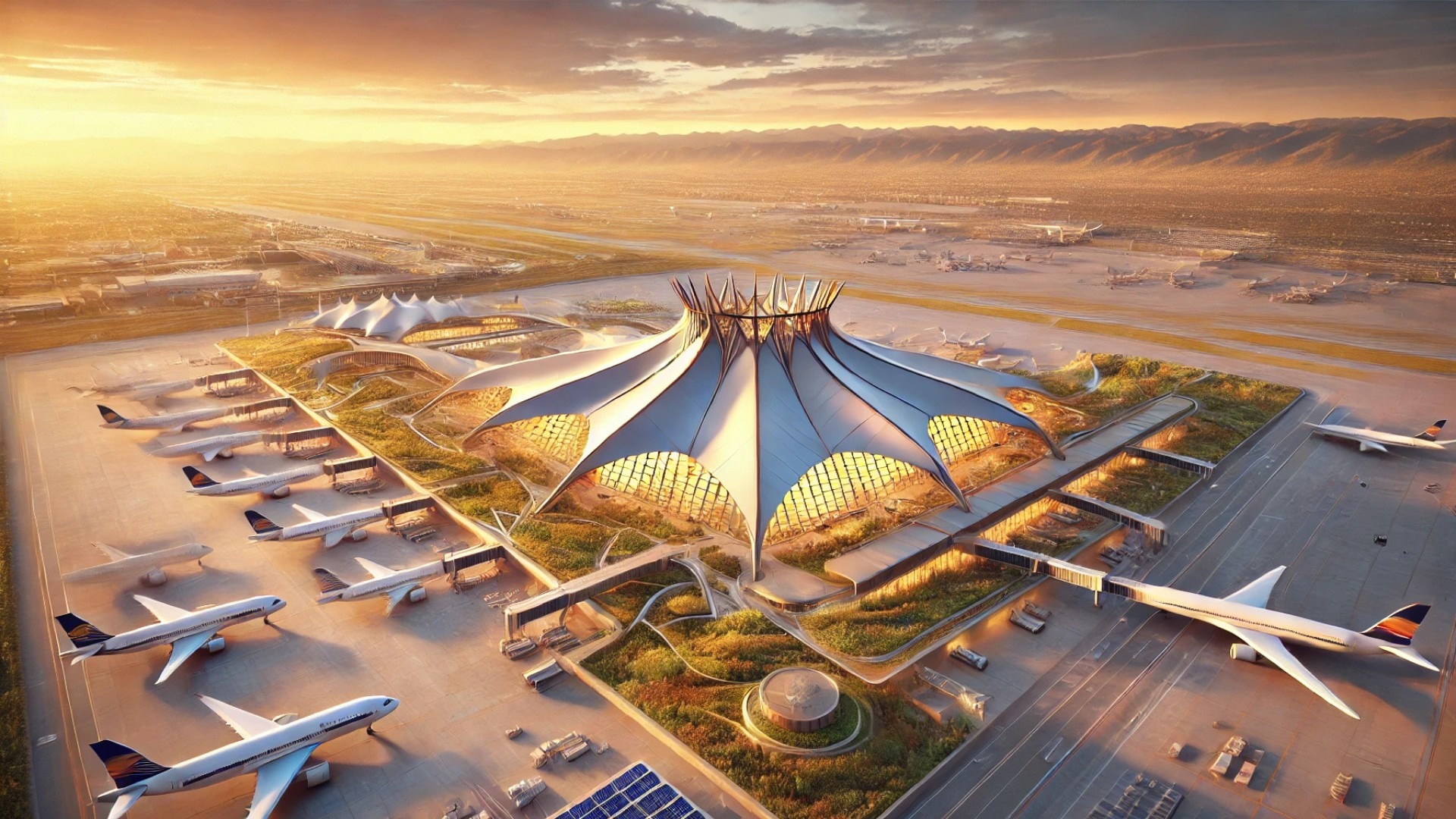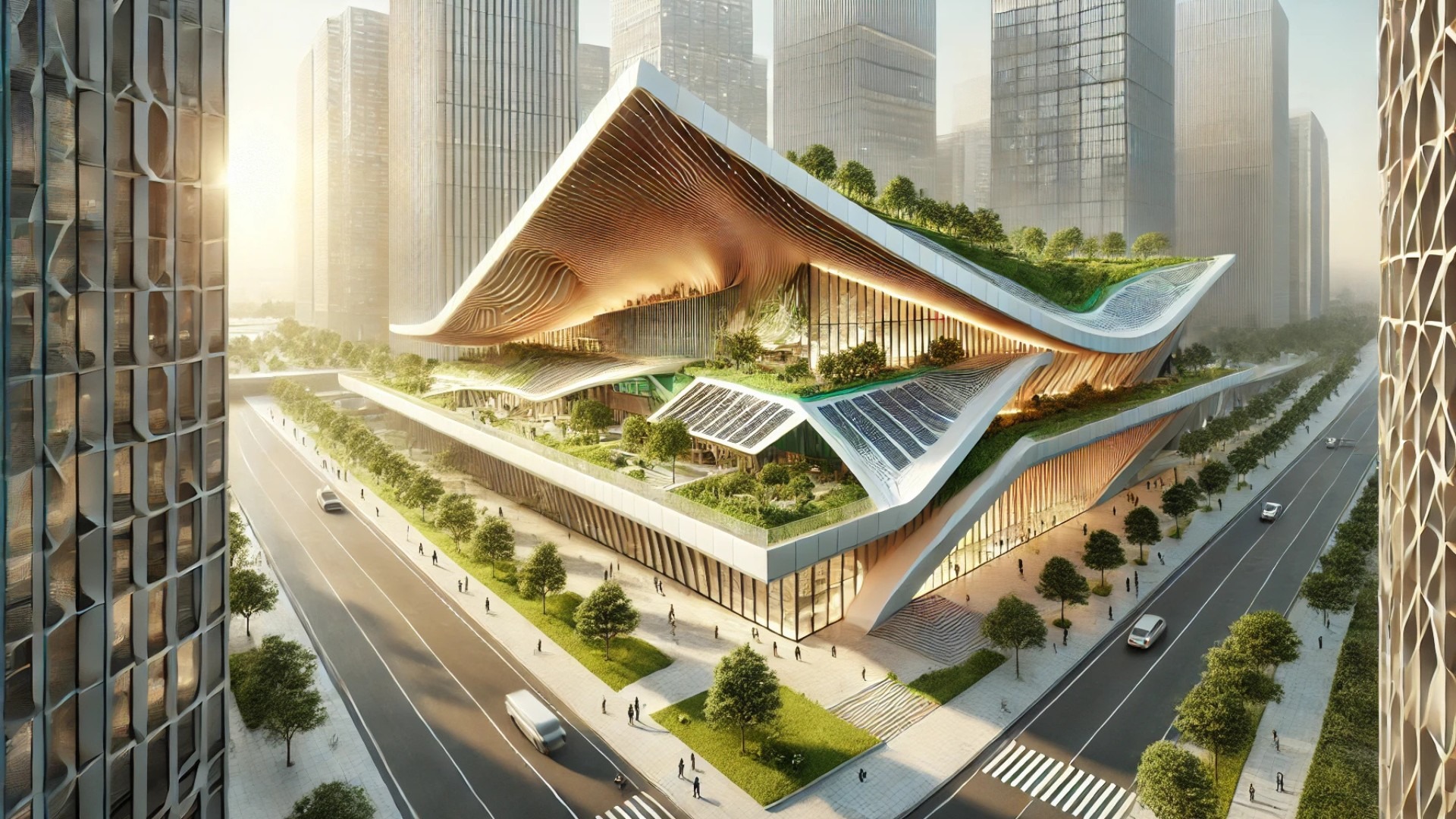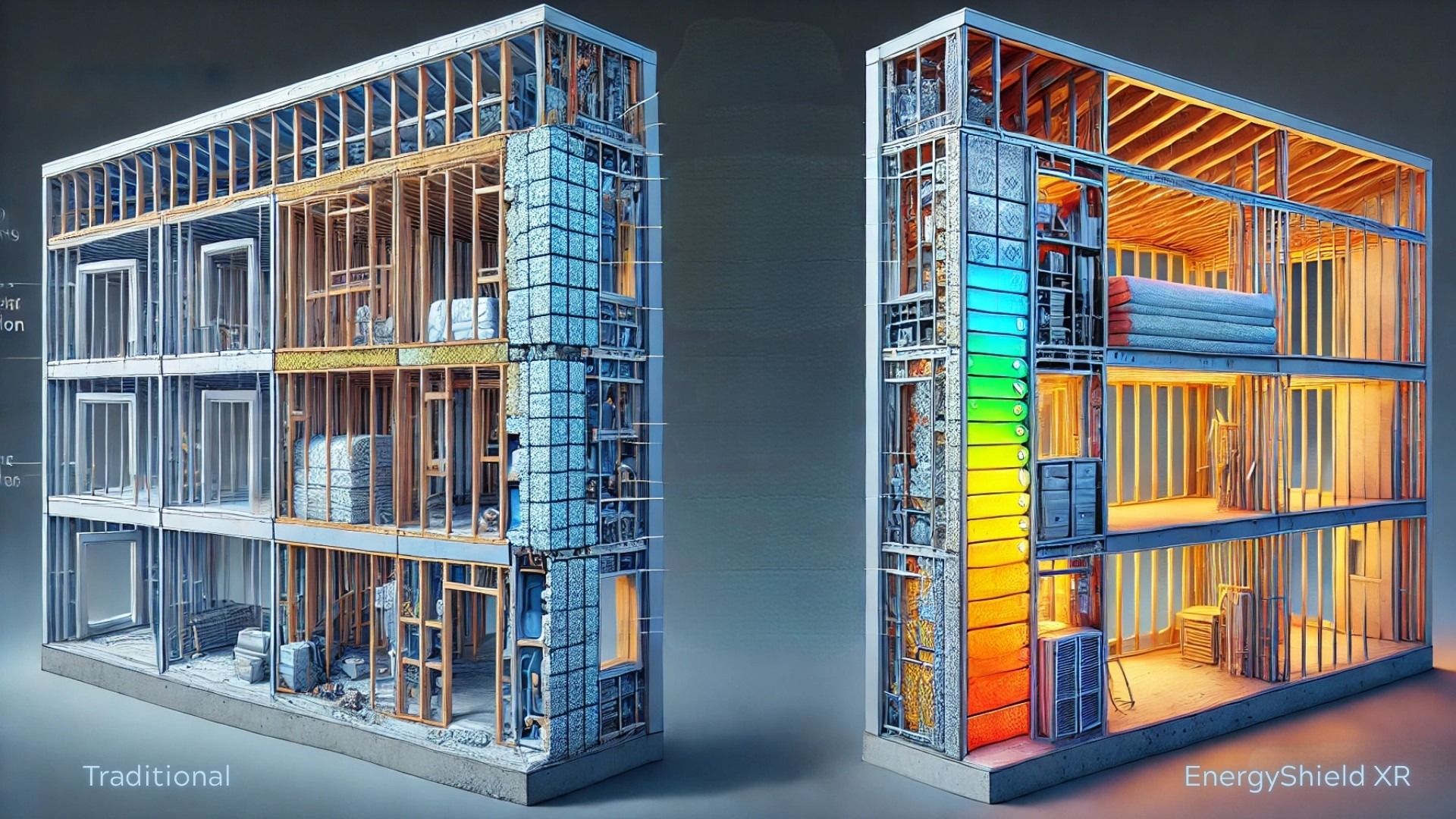
Denver International Airport: A Legacy of Architectural Innovation
The Denver International Airport (DIA) has been more than just a transportation hub since its grand opening in 1995; it has also stood as a significant testament to architectural ingenuity and design. Celebrating its 30-year anniversary, the airport embodies a unique blend of functionality and aesthetics, drawing travelers from around the globe to its iconic features.
Designing for a Glorious Future
The visionary work of Fentress Architects has been central to DIA’s enduring appeal. Known for incorporating sustainable practices and innovative designs, Fentress has not only created a blueprint for modern airports but has also highlighted significant local cultural elements in its architecture. This strategic decision demonstrates how the airport is not merely a transit point but also a community space that embodies the spirit of Denver.
The Economic Impact of Sustainable Architecture
Highlighting the operational efficiency, DIA is designed to minimize the environmental impact while maximizing functionality. From its solar panels to rainwater harvesting systems, the airport showcases sustainable luxury that significantly enhances its ROI. According to industry analysts, such investments in eco-friendly technologies can yield substantial savings over the lifespan of a facility, making them essential for future developments.
Understanding Architectural Trends
As architectural trends evolve, DIA sets a benchmark through its commitment to innovation. The mix of art and architecture incorporated in the airport reflects a broader trend towards multifunctional public spaces that prioritize both design excellence and user experience. In analyzing these trends, it's clear that airports are increasingly viewed not just as transit hubs, but as integral pieces of urban environments that must cater to diverse needs.
Looking Ahead: Predictions and Opportunities
Looking forward, the continued evolution of airport architecture is likely to include even more integrated technologies aimed at enhancing passenger experience and operational efficiency. As public interest in sustainability ramps up, airports like DIA will serve as prototypes for future designs that balance environmental responsibility with user-centric operations.
Conclusion: The Importance of Legacy
The 30-year legacy of the Denver International Airport is not simply a story of concrete and steel; it's about innovative design, community engagement, and a relentless pursuit of excellence. As airports across the globe are reimagined, DIA’s journey offers valuable insights into the benefits of merging aesthetic and functional designs with sustainable practices. Stakeholders in the industry must take lessons from this legacy, considering how architectural choices impact not only immediate functionalities but also long-term value realization.
 Add Row
Add Row  Add
Add 






Write A Comment